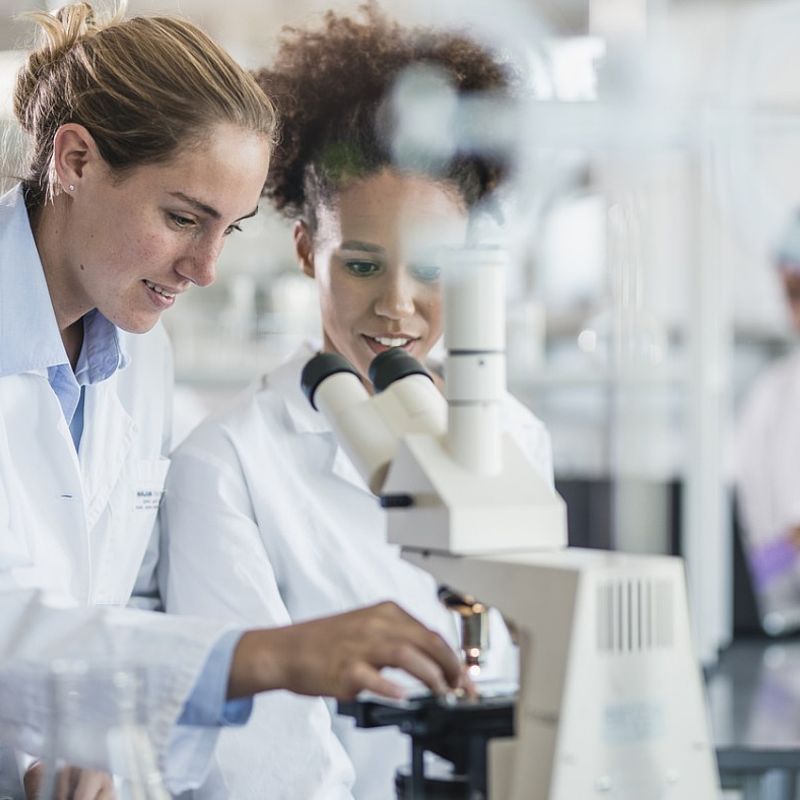
Advancing the evaluation of measurement uncertainty
Challenge
Measurements underpin almost all areas of modern life, including trade, industrial manufacture, environment and health. However, no measurement is perfect — factors such as the instrument type, operator, measurement method or the environment can affect the returned results. All these factors combine to produce a ‘measurement uncertainty’, a quantification of the quality of the measured value.
Since uncertainty can propagate through the measurement chain, information on this should be included in every measurement result to ensure it is suitable for its intended purpose or is consistent with other similar measurements. Some results are also used to assess compliance with standards or regulatory limits. Issuing certified reference materials, for example, without a statement on the uncertainty is not permitted according to ISO 17034.
Since 1993 the Joint Committee for Guides in Metrology (JCGM) has published the internationally acknowledged “Guide to the Expression of Uncertainty in Measurement” (GUM). Since 1997 the JCGM has been responsible for maintaining the GUM and its sister documentation.
However, workers in areas such as accreditation or compliance found the GUM difficult to apply and, by 2018, many of the worked examples given in supporting documents were 25 years old.
Solution
Recognising the need to update the GUM suite of documents, key representatives of the JCGM were chief stakeholders in the EMPIR project EMUE, which was initiated to provide comprehensive examples of uncertainty evaluation according to GUM documentation.
The project developed over 40 worked examples of how to evaluate measurement uncertainty in situations commonly encountered in the areas of conformity assessment, environment, energy, health and industry.
Examples included:
- Using influenza medication as a multicomponent example for conformity assessment calculations. Risks to the supplier and customer were assessed for each individual component and the results incorporated in an IUPAC/CITAC Guide.
- The use of Monte Carlo and traditional GUM methods for quantification of toxic environmental contaminants and greenhouse gases.
- All sources of uncertainty for industrial flow meters and the estimated energy loss from electricity transformers.
- The determination of uncertainty associated with medical imaging in cancer diagnosis and treatment and the storage of blood.
- The first full uncertainty analysis for acoustic sensors used in industry in the harsh environment of turbofan jet engines.
These, and the other examples were compiled and published as a freely available compendium.
Impact
The work of the EMUE project has contributed to areas as diverse as balancing the health of quarry workers with the economic interests of the owners and quantifying the uncertainty on the storage of blood products. It has also confirmed the suitability of drug testing in international sport and improved conformity assessment for the environmental determination of suspended particulate matter in air.
The project’s aim of contributing to GUM documentation was achieved: material was used in guide GUM-6:2020 on developing measurement models, many of the worked examples were incorporated into the forthcoming GUM-5 examples document, and material prepared for GUM-4 on conformity assessment. Material was also provided to ISO technical committees such as TC 158 on analysis of gases, TC 164 on hardness testing and TC 69 on statistical methods.
Work has also supported National Metrology Institutes involved in the production of calibration materials and simplified their calibration and measurement claims process.
The increased knowledge provided of the use of the Monte Carlo method, Bayesian inference and correlated quantities in determining measurement uncertainty propagation will also help the JCGM in its goals of supporting the scientific community in making confident and trustable measurements.
- Category
- EMPIR,
- Standardisation,
